Blindness Reversed! Musk’s Neuralink Co-Founder Achieves Artificial Vision Milestone
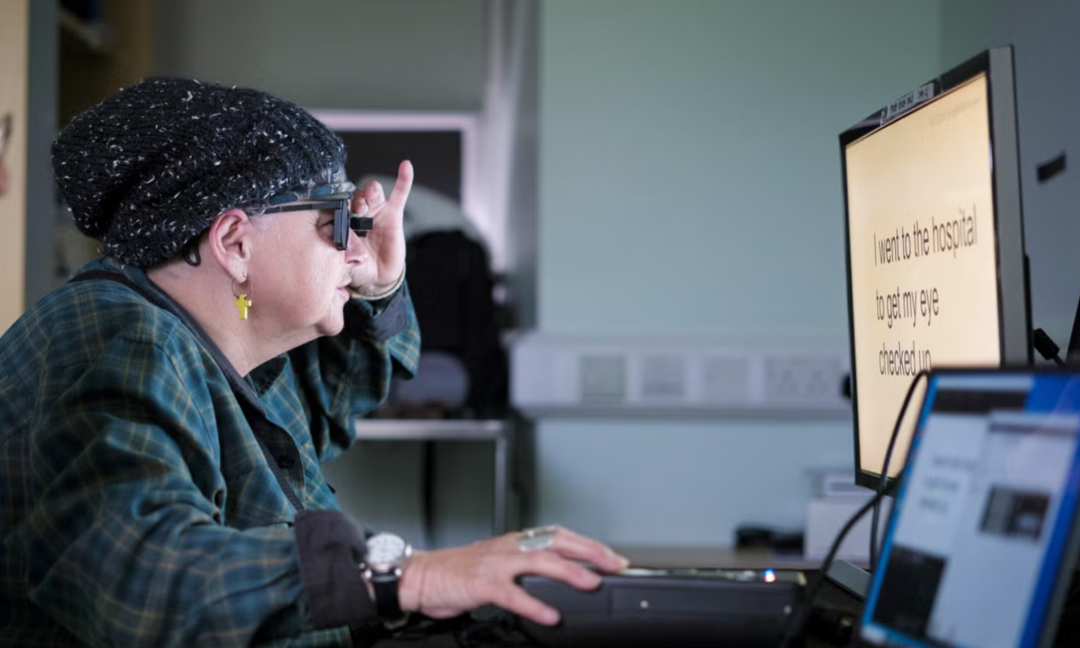
Blindness Reversal: A Breakthrough in Artificial Vision
This may be the most understated yet brilliant technological breakthrough of 2025.
The latest issue of Nature reports that artificial vision technology has helped a 70‑year‑old grandmother regain her sight.

> Before losing my vision, I was an avid bookworm. I wanted to get that part of my life back.
For Sheila Irvine, reading again was her deepest wish — and PRIMA made that possible.
---
The PRIMA Project
The PRIMA system is a world‑first artificial vision retinal implant. It was developed by one of Neuralink’s co‑founders, now specializing in retinal implants as an independent entrepreneur.
- Thickness: As thin as a human hair
- Effectiveness: Improves vision in 80% of patients
- Benefits: Enables reading of letters, numbers, and words
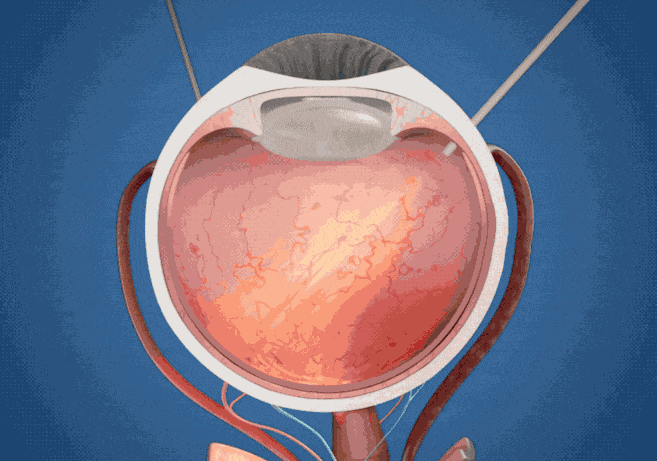
Lead researcher Frank Holz states:
> This is the first study to show that artificial vision can restore functional central vision for blind patients.
---
Sheila’s Journey
- Diagnosis: Age‑related macular degeneration (AMD) 15 years ago
- Symptoms: Distorted vision, described as “two black spinning discs”
- Impact: Could no longer read, recognize faces, or drive
- Participation: Joined PRIMA trial in 2022
- Outcome: Regained ability to read books and fine print on tin cans after years of rehabilitation

---
Understanding AMD
Age‑related macular degeneration affects the retina’s central cells, leading to blurred or distorted central vision.
AMD types:
- Dry (atrophic) — slow degeneration
- Wet (neovascular) — rapid blood vessel growth, scarring
Global Impact: Over 5 million late‑stage dry AMD patients unable to read or recognize faces.
Other Treatment Approaches
- Stem cell therapy: Regenerate photoreceptors (clinical trials)
- Light‑sensitive proteins: Restore neuron responsiveness
- Visual cortex implants: Direct brain stimulation
- Gene therapy: Repair mutations (e.g., RPE65, CFH, C3, ABCA4)
Limitation: Most methods only slow disease — PRIMA actively restores vision.
---
How PRIMA Works
Core Principle: Replace damaged photoreceptor cells with a photovoltaic retinal implant.
- Preservation: Retinal neurons remain intact in AMD
- Mechanism:
- Special glasses capture images via camera
- Images converted to infrared beams
- Retinal implant receives beams
- Signals processed and sent to brain via retinal neurons
Specs:
- Size: 2 mm × 2 mm × 30 μm
- Pixels: 381 (100 μm² each)
- Entirely wireless — powered by incoming photons
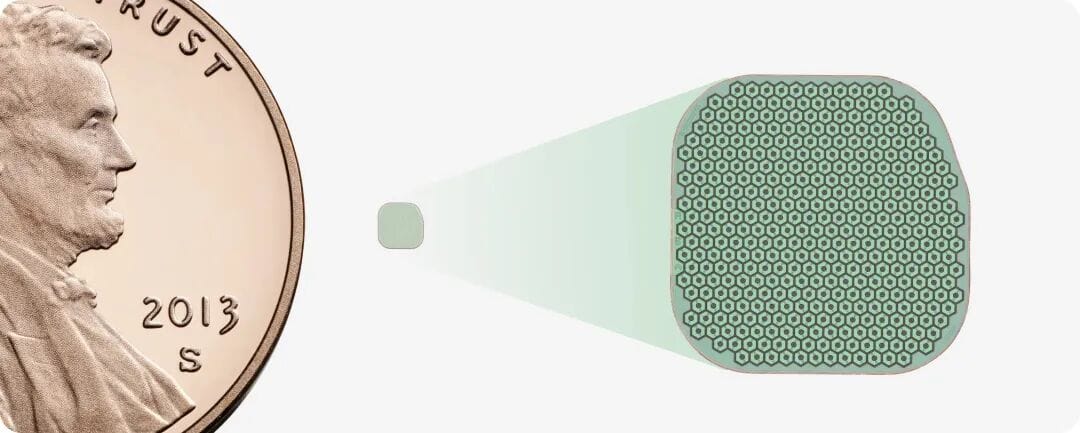
---
Clinical Results
Study parameters:
- 38 GA (geographic atrophy) patients from 5 countries
- Evaluations at 6 and 12 months post‑implant
- Vision worse than 1.2 logMAR
Results:
- 84% regained functional central vision
- 80% achieved 0.2 logMAR improvement (2 lines on eye chart)
- Average gain: 25.5 letters (≈ five chart lines)
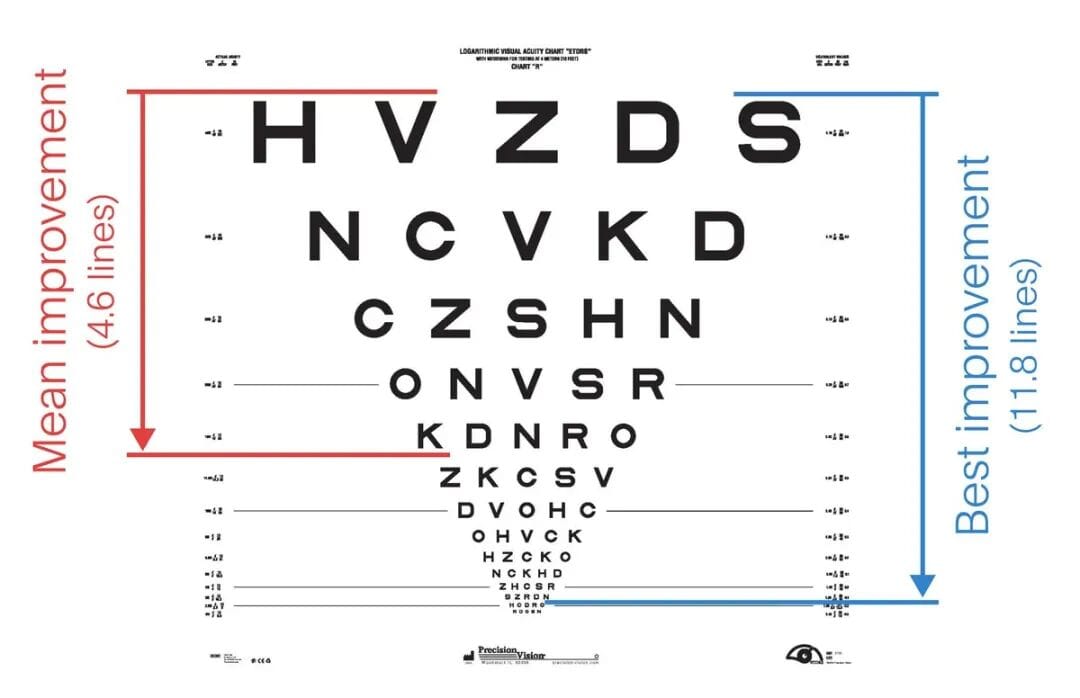
Safety:
- Some rejection symptoms (e.g., pressure, tears, bleeding) resolved within 2 months
- Peripheral vision preserved
Potential Applications: Beyond AMD — also retinitis pigmentosa.
---
Current Limitations
- Pixel resolution low (black-and-white only)
- Reading speed not yet smooth
- No control group to separate implant effect from visual training
In Development:
- Higher resolution implants
- Color vision support
- Improved ergonomics in glasses and processing
---
The Company Behind PRIMA — Science Corporation
Founded in 2021 by Max Hodak (Neuralink co‑founder).
Focus areas:
- Neuroengineering
- Brain‑computer interfaces
- Devices for vision, cognitive, and mobility impairments
Capabilities:
- Own micro medical chip manufacturing facility (MEMS & IC chips)
- Producing ultra‑thin flexible neural probes and silicon axon probes
- Full autonomy from materials to clinical testing
Funding:
- April 2024: Over $100M raised (Khosla Ventures lead)
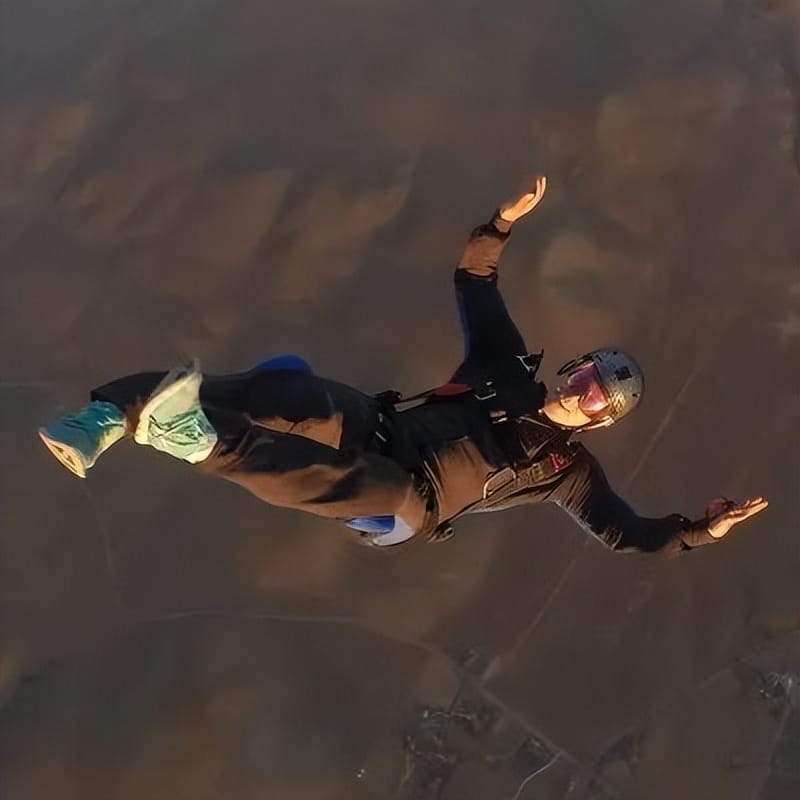
---
Broader Impact: AI + Biomedical Innovation
Platforms like AiToEarn官网 enable sharing life‑changing innovations globally:
- AI-driven content generation
- Multi-channel publishing (Douyin, WeChat, YouTube, X/Twitter)
- Open-source tools (GitHub)
- Analytics & monetization for science communicators
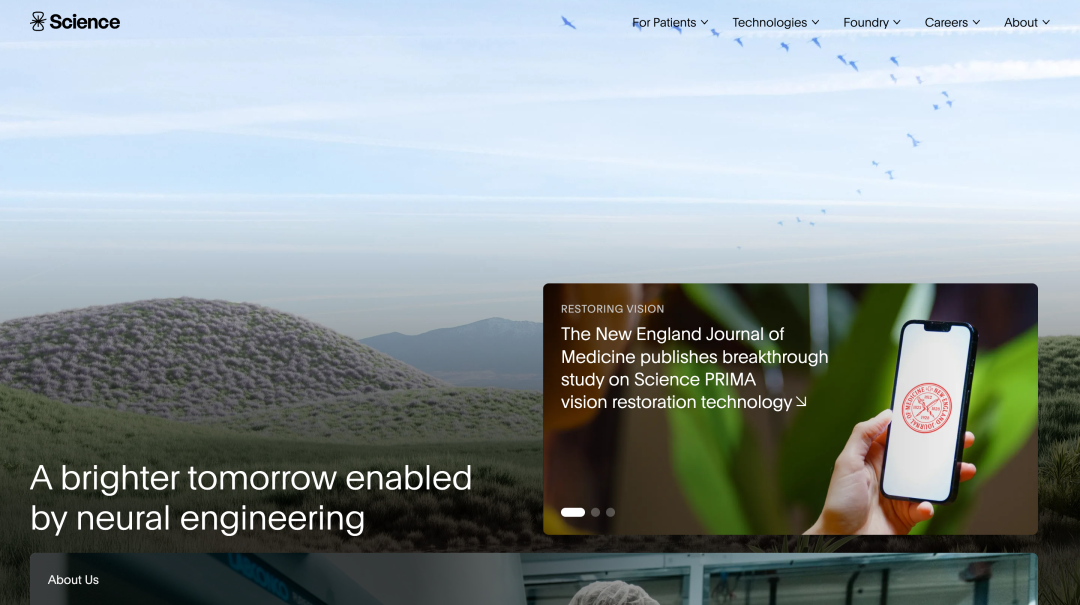
---
Towards Artificial Vision as Common as Cochlear Implants
Researchers envision PRIMA as the “vision version” of the cochlear implant:
> Cochlear implants have existed for over 50 years — now artificial vision should be a reality.
---
References
- https://www.nature.com/articles/d41586-025-03420-x
- https://pubmed.ncbi.nlm.nih.gov/36626080/
- https://www.bbc.com/news/articles/c0qpz39jpj7o
- https://www.youtube.com/watch?v=J_qTLT8kJPU&t
- https://x.com/maxhodak_/status/1980320322353299727
- https://science.xyz/
- https://maxhodak.com


